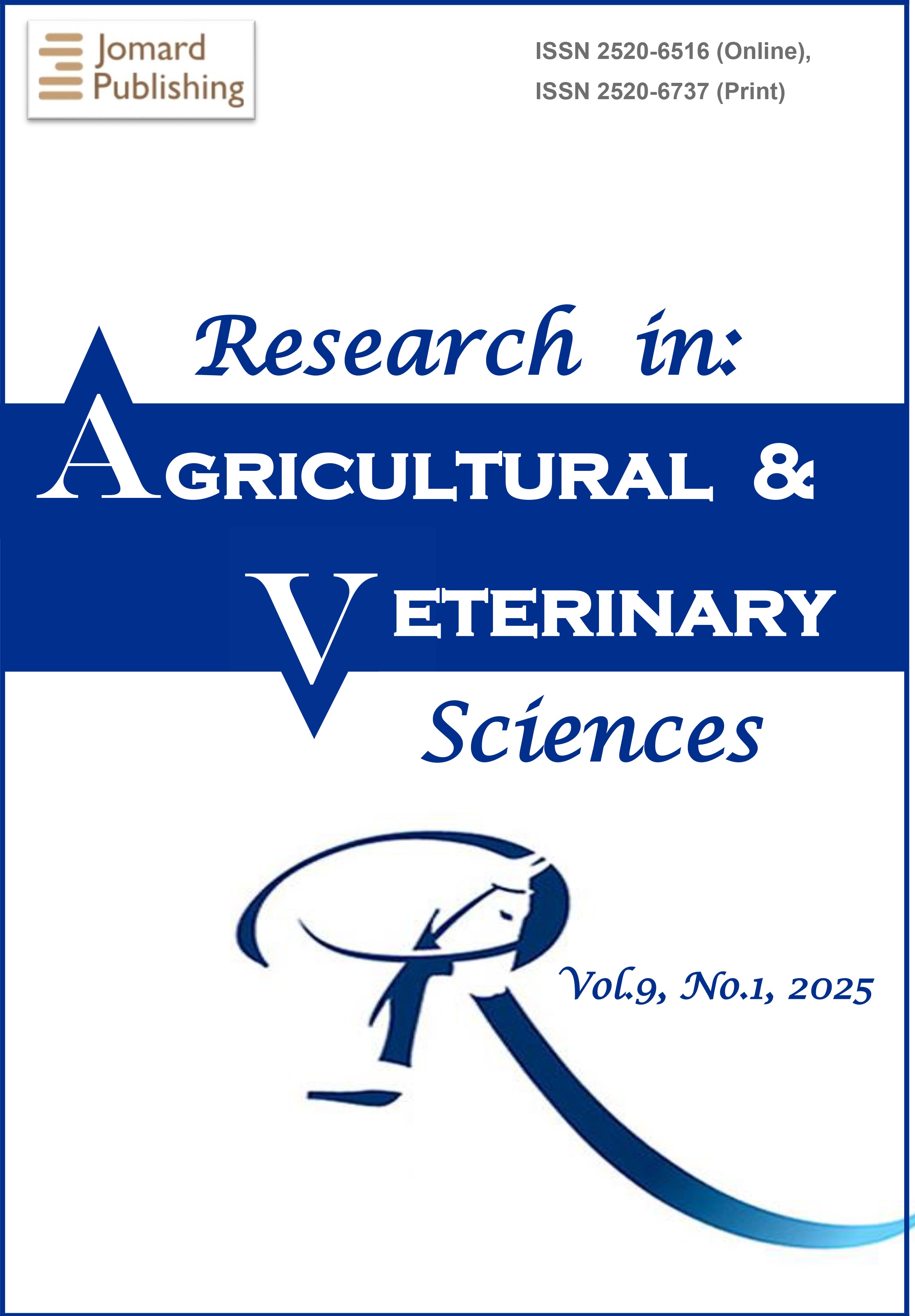The Response of Domestic and Foreign Sugarcane Cultivars to Different Irrigation Regimes under Agricultural Climatic Conditions in Southern Iran
- Published: 01-05-2025
Share
The experiment was implemented to assess the reaction of domestic and foreign sugar cane varieties to various irrigation regimes under the climatic conditions of agriculture in Southern Iran during the agricultural years 2012-21, 2021-22 and 2022-23. A strip plot design with three replications was used. The treatments evaluated in the study included eight sugarcane digits and two irrigation regimens (0.6 and 2.0 IW/CPE). The impact of moisture stress on various morphological characters such as plant height, leaf area, leaf area index and tiller count was recorded at 0.6 and 2.0 IW/CPE moisture regime. Drought treatment caused an average reduction of 26.49% in leaf area index, 19.95% in specific leaf weight, 14.08% in dry matter, 23.72% in root dry matter and 30.20 % in cane yield at 120 DAP, respectively. Yield and its parameters showed remarkable changes due to inadequate water availability during the formative phase. Water stress led to an average reduction in cane and sugar yield to the tune of 30.19% and 7.01%, respectively. On the basis of results obtained from investigation it can be concluded that, for maintaining high crop performance (plant population, improved growth attributes, physiological attributes) and securing maximum cane productivity, irrigation should be given at 2.0 IW/CPE ratio and with respect to varieties BR00-01, CP57-614, Cp48-103 & IRC99-01 showed elevated performance under irrigated as well as water deficit Condition.
- View 421
- Downloads 101
- Saveds 0
- Citations (Crossref) 0


